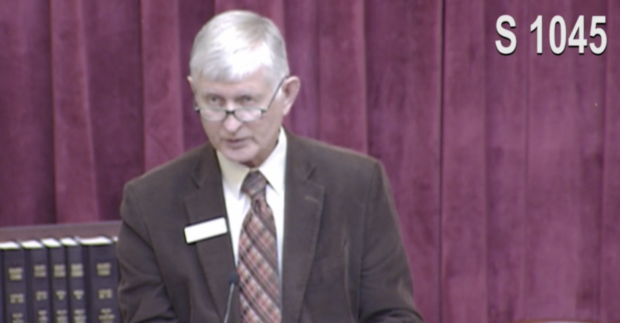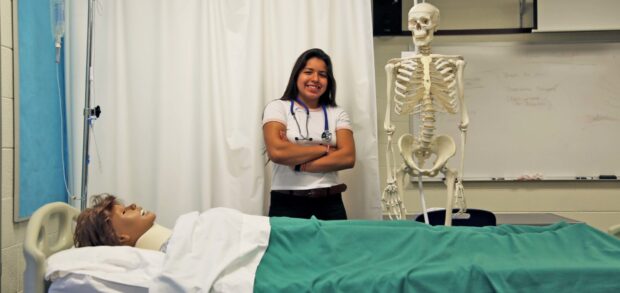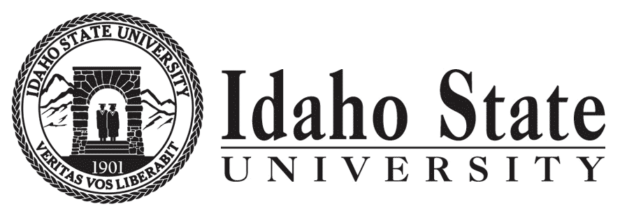advanced opportunities
Legislative roundup, 2.16.21: Senate passes advanced opportunities expansion, and a big tax bill surfaces
The Senate signed off on extending the state’s advanced opportunities program to private and parochial school students. Meanwhile, the first big tax relief bill of the year surfaced Tuesday.
Analysis: Dual credit — and a point of diminishing returns
Idaho’s advanced opportunities program is growing, and lawmakers will consider a record $20 million budget for next year. But college go-on numbers are static — even as more students take advantage of the dual-credit programs.
Idaho’s advanced opportunities bill: $16 million and rising
More than 32,000 students took part in the popular program last school year — earning at least $55 million worth of college credits.
ISU seeks to expand on-campus dual-credit offerings
ISU launched the dual-credit program in the fall of 2017, opening classes to 12 high school students. By the spring of 2018, 32 students took part.
As dual credit grows, will rural students get left behind?
By providing free college-level classes in high school, Idaho hopes to encourage a new generation of college students. The results have been mixed.
Idaho’s AP numbers improve — yet lose ground
More Idaho students are graduating high school with Advanced Placement credits — and a jumpstart on college. But Idaho’s numbers still lag well behind national averages.
As advanced opportunities program grows, some gaps are evident
In 2016-17, 27,859 junior and senior high school students took college-level classes. But students of color and students in poverty are less likely to take advantage of the state’s program.
Otter, lawmakers consider deposits into K-12 piggy bank
The Public Education Stabilization Fund is Idaho’s budget reserve for covering unexpected K-12 costs. The account is expected to dip to its lowest level in five years.
PART ONE: After five years and $100 million, Idaho remains far from its ’60 percent goal’
Free college classes in high school. More college scholarships. More college and career counselors. But Idaho still struggles to convince high school graduates to continue their education. Why? Part one of a four-story series.









